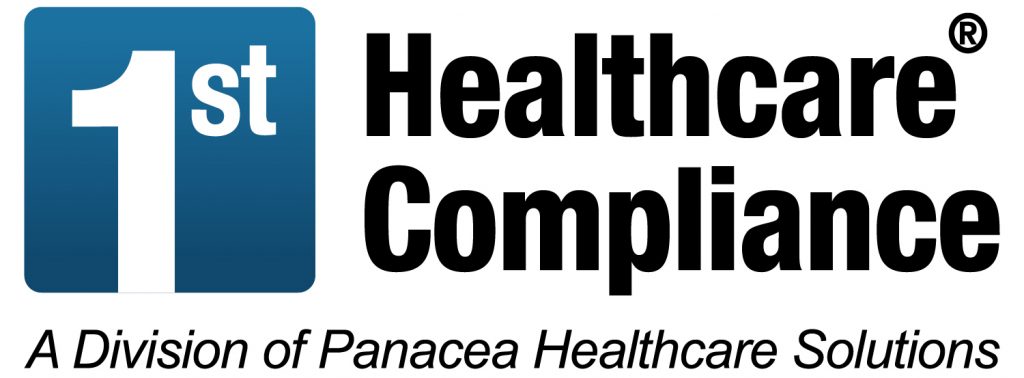Stark Law and Strict Liability
The genesis of the Stark Law, also known as the Physician Self-Referral Law [42 U.S.C. § 1395nn], occurred in 1988 when a congressman named Pete Stark proposed the law to prevent medical doctors from sending Medicare and Medicaid patients to any healthcare entity to which the doctor, or an immediate family member, has a financial interest unless an exception applies. Immediate family members of the physician are defined as spouse, natural or adoptive parents, children, siblings, step- siblings, in-laws, grandparents, and grandchildren. Penalties for physicians who violate the Stark Law include fines as well as exclusion from participation in Federal health care programs.
Three components must be present for the Stark Law to become an issue:
- The referral must be for a Medicare or Medicaid patient by a physician or by the physician’s immediate family member;
- The referral must be for a designated health service (DHS). View the code list for DHS on the CMS site here; and
- There must be a financial relationship between the referring physician (or the immediate family member) and the entity to which the referral is made.
There are over 30 exceptions to this law to ensure that patient healthcare is not compromised due to its provisions. One of these allowed exceptions is the referral of a patient to another doctor in the same physician group.
The Stark Law is a strict liability statute, so proof of specific intent to violate the law is not required. The concept of strict liability is perplexing and seems unfair to many because violations may happen unknowingly or without any improper intent. Typical examples of these violations involve “lease creep” or gifts.
Remaining compliant with the Stark Law and the other fraud and abuse laws that are sometimes referred to interchangeably is a challenge. Understandably, healthcare providers feel confusion as they face complicated regulations that are inextricably linked. Compounding the frustration is increased enforcement of the Stark Law through False Claims Act litigation. Take for example a claim for Medicare reimbursement for DHS services provided in violation of the Stark Law that also amounts to a false claim in violation of the False Claims Act. Moreover, False Claims litigation may lead to additional exposure to the already harsh Stark Law penalties, including treble damages, and monetary penalties for each violation. In 2015 there were three large FCA settlements based on the Stark Law during the month of September.
For a list of all settlements visit the CMS site here.
*Additional references
https://www.cms.gov/Medicare/Fraud-and-Abuse/PhysicianSelfReferral/index.html?redirect=/physicianselfreferral/
http://oig.hhs.gov/compliance/physician-education/01laws.asp

